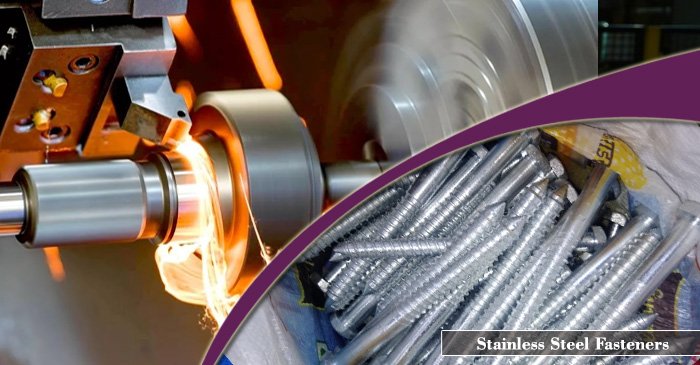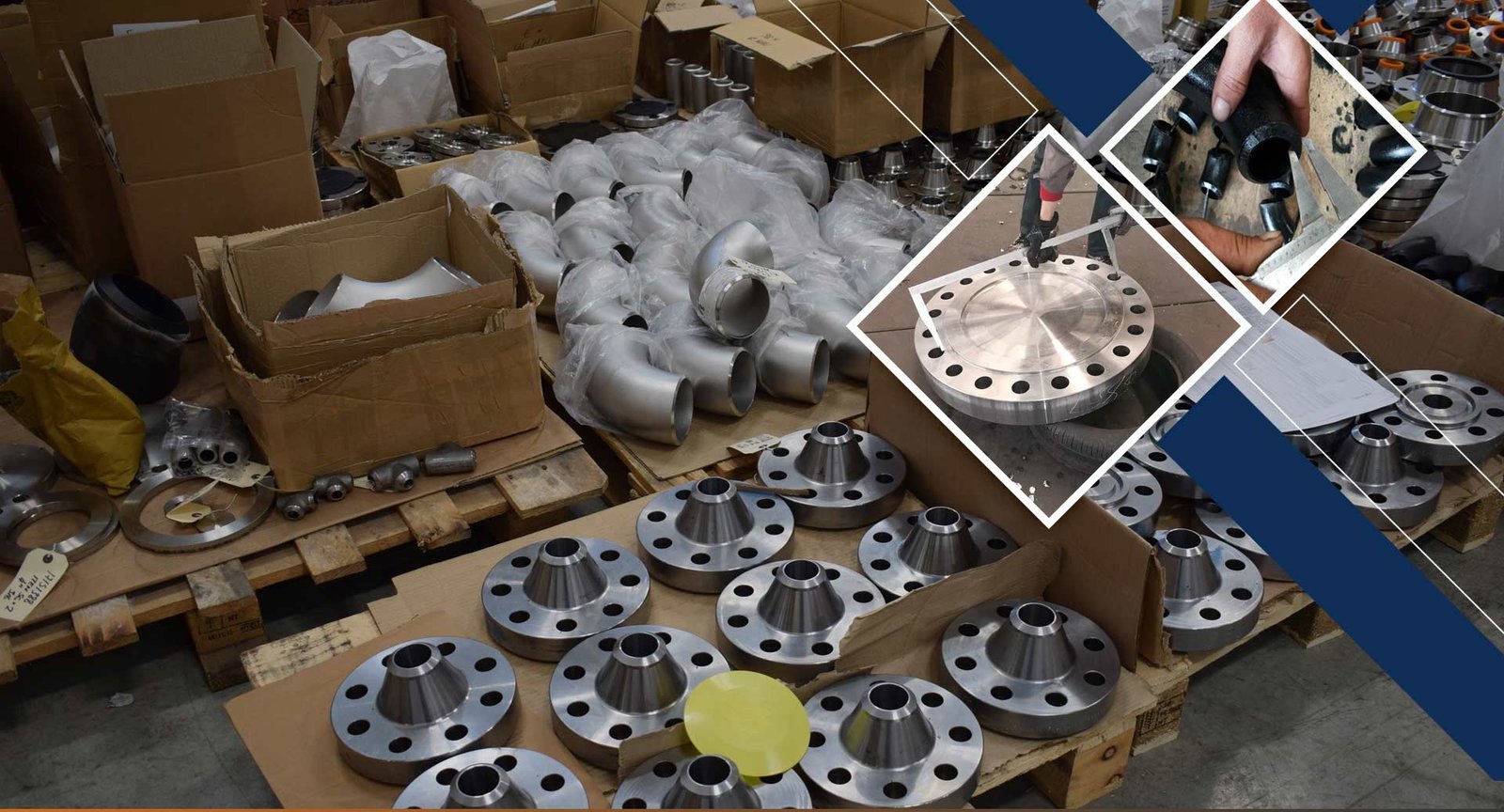How Does A Wireless Tattoo Power Supply Work?
In the world of tattooing, artists rely on a steady and reliable power supply to operate their tattoo machines. Traditionally, tattoo power supplies were wired, requiring a physical connection between the power source and the machine. However, with advancements in technology, wireless tattoo power supplies have emerged as a convenient and innovative solution. In this article, we will explore how wireless tattoo power supplies work and their benefits in the tattooing industry.
What Is A Wireless Tattoo Power Supply?
A wireless tattoo power supply is a device that provides power to a tattoo machine without the need for a physical wired connection. It utilizes wireless communication technology to transmit power from the power source to the machine. This technology allows tattoo artists to have more flexibility and freedom of movement during the tattooing process.
Components Of A Wireless Tattoo Power Supply:
A wireless tattoo power supply consists of several key components that work together to deliver power to the tattoo machine. These components include:
Transmitter:
The transmitter is the part of the wireless power supply system that connects to the main power source. It converts the electrical power from the source into a wireless signal that can be transmitted to the receiver.
Receiver:
The receiver is located on the tattoo machine itself. It receives the wireless signal transmitted by the transmitter and converts it back into electrical power that can be used to operate the tattoo machine.
Batteries or Capacitors:
Wireless tattoo power supplies often incorporate batteries or capacitors to store electrical energy. These energy storage devices ensure that the tattoo machine receives a consistent and uninterrupted power supply, even if there are fluctuations or temporary interruptions in the wireless signal.
Wireless Communication Technology:
Wireless tattoo power supplies utilize various wireless communication technologies to transmit power from the transmitter to the receiver. One common technology used is electromagnetic induction. Electromagnetic induction involves the creation of a changing magnetic field, which induces an electrical current in the receiver coil, providing the necessary power for the tattoo machine.
Benefits Of Wireless Tattoo Power Supplies:
Wireless tattoo power supplies offer several advantages over their wired counterparts. Some of the notable benefits include:
Mobility and Flexibility:
With a wireless power supply, tattoo artists are not constrained by the length of a power cord. They can move freely around the workspace, providing greater flexibility and allowing them to achieve more intricate and detailed designs.
Safety and Comfort:
Without the need for a physical power cord, there is no risk of accidentally tripping over or getting tangled in wires. This enhances safety for both the tattoo artist and the client. Additionally, the absence of a cord eliminates any discomfort caused by pulling or tugging during the tattooing process.
Aesthetics and Hygiene:
A wireless tattoo power supply eliminates the visual clutter of wires, providing a cleaner and more professional appearance to the workspace. Moreover, without wires running across surfaces, it becomes easier to maintain hygiene and cleanliness.
Limitations And Considerations:
While wireless tattoo power supplies offer numerous advantages, there are a few limitations and considerations to keep in mind:
Power Efficiency:
Wireless power transmission is not as efficient as wired connections. Some power is lost during the wireless transfer, which can result in slightly reduced performance or battery life compared to traditional wired power supplies.
Range and Interference:
Wireless power supplies have a limited range, and the distance between the transmitter and receiver should be within the specified range for optimal performance. Additionally, certain materials or obstacles may interfere with the wireless signal, affecting power transmission.
Conclusion:
Wireless tattoo power supplies have revolutionized the tattooing industry by providing artists with a convenient and flexible alternative to traditional wired power supplies. By utilizing wireless communication technology, these power supplies offer enhanced mobility, safety, and aesthetics. While they do have some limitations, the benefits they provide make them an attractive choice for many tattoo artists seeking a more efficient and hassle-free power solution.
- Share

YOU MIGHT ALSO ENJOY
Why Is the Black Masters Dining Chair Popular in Modern Interior Design?
Stephen Romero - November 22, 2025
The Growing Demand for Electropolished Pipe and Leading SS Seamless Pipe Manufacturers in India
Stephen Romero - November 22, 2025
A Complete Guide to SS Fasteners Manufacturers in India and SS Seamless Pipe Suppliers in India
Stephen Romero - November 22, 2025
search
FAST ACCESS
- art&gallery (4)
- Automotive (25)
- beauty (6)
- blog (280)
- Business (597)
- cleening (13)
- clinic (1)
- courier services (4)
- dentel care (6)
- Driving school (3)
- electronics (1)
- events (1)
- forests (11)
- gameing (5)
- Health (25)
- Health & Fitness (217)
- Home & Garden (16)
- Landscaping (1)
- Law (16)
- Lifestyle (9)
- machinery (5)
- Real Estate (9)
- Share Market (15)
- Shopping (5)
- Technology (30)
- tool (2)
- toys (2)
- Travel (30)
- Wedding & Events (326)
must read
How to Explore Jaipur in 2 Days – A Perfect Itinerary for First-Time Travelers
Stephen Romero - November 24, 2025
Why Is the Black Masters Dining Chair Popular in Modern Interior Design?
Stephen Romero - November 22, 2025
The Growing Demand for Electropolished Pipe and Leading SS Seamless Pipe Manufacturers in India
Stephen Romero - November 22, 2025
A Complete Guide to SS Fasteners Manufacturers in India and SS Seamless Pipe Suppliers in India
Stephen Romero - November 22, 2025
India’s Growing Industrial Backbone: Leading Pipe Fittings and Flange Manufacturers Driving Global Demand
Stephen Romero - November 22, 2025
recent post
ARCHIVES
- November 2025 (94)
- October 2025 (105)
- September 2025 (166)
- August 2025 (164)
- July 2025 (150)
- June 2025 (173)
- May 2025 (99)
- April 2025 (1)
- March 2025 (8)
- February 2025 (9)
- January 2025 (8)
- December 2024 (25)
- November 2024 (40)
- October 2024 (11)
- September 2024 (1)
- July 2024 (10)
- June 2024 (11)
- May 2024 (31)
- April 2024 (15)
- March 2024 (19)
- February 2024 (6)
- January 2024 (7)
- December 2023 (11)
- November 2023 (1)
- July 2023 (13)
- June 2023 (21)
- May 2023 (27)
- April 2023 (23)
- March 2023 (16)
- February 2023 (31)
- January 2023 (27)
- December 2022 (11)
- November 2022 (12)
- October 2022 (11)
- September 2022 (11)
- August 2022 (14)
- July 2022 (13)
- June 2022 (19)
- May 2022 (17)
- April 2022 (10)
- March 2022 (12)
- February 2022 (8)
- January 2022 (9)
- December 2021 (19)
- November 2021 (4)
- October 2021 (6)
- September 2021 (4)
- August 2021 (4)
- July 2021 (10)
- June 2021 (6)
- May 2021 (2)
- April 2021 (2)
- March 2021 (45)
- August 2020 (31)
- July 2020 (30)
- June 2020 (29)










